Virtual reality for post-stroke rehabilitation focusing on patients and experts
Department/Institute
Universitat de Girona. Departament d'Informàtica, Matemàtica Aplicada i Estadística (2013-)
Doctorate programs
Programa de Doctorat en Tecnologia
Abstract
ENG- Rehabilitation is defined by the World Health Organization as "a set of interventions designed to optimize functioning and reduce disability in individuals with health conditions in interaction with their environment". It is considered an essential part of universal health coverage that may be required at any point of our lives, following an injury, surgery, disease, or illness, or because our functioning has declined with age. Besides traditional approaches of rehabilitation, the proliferation of low-cost communication technologies as well as advances in gaming technologies has opened an array of opportunities for more advanced rehabilitation sessions. Particularly, it has been seen that the application of game technologies, virtual reality (VR), and augmented reality (AR), increase patients' engagement and hence rehabilitation effectiveness. With that in mind, the aim of this thesis has been the investigation and development of new VR strategies that make the rehabilitation of post-stroke patients more efficient and effective. Three key areas of the rehabilitation process were selected when defining the goals: the patient's experience, the rehabilitator's experience, and the availability and accessibility of the rehabilitation environment
CAT- L'Organització Mundial de la Salut defineix la rehabilitació com "un conjunt d'intervencions encaminades a optimitzar el funcionament i reduir la discapacitat en persones amb afectacions de salut en la interacció amb el seu entorn". Es considera una part essencial de la cobertura sanitària universal que pot ser necessària en qualsevol moment de les nostres vides, ja sigui després d'una lesió, cirurgia, malaltia o a mesura que el nostre funcionament disminueix amb l'edat. A més dels enfocaments tradicionals de la rehabilitació, la proliferació de tecnologies de comunicació de baix cost, així com els avenços en tecnologies de jocs, ha obert un ventall d'oportunitats per a sessions de rehabilitació més avançades. En concret, s'ha observat que l'aplicació de tecnologies de jocs, realitat virtual (RV) i realitat augmentada (RA) fomenta la participació dels pacients i, per tant, l'efectivitat de la rehabilitació. Tenint en compte això, l'objectiu d'aquesta tesi ha estat la investigació i el desenvolupament de noves estratègies de RV que facin la rehabilitació de pacients post-ictus més eficient i efectiva. Tres àrees clau del procés de rehabilitació van ser seleccionades en definir els objectius: l'experiència del pacient, l'experiència del rehabilitador i la disponibilitat i accessibilitat de l'entorn de rehabilitació
Keywords
Realitat virtual; Realidad virtual; Virtual reality; Rehabilitació; Rehabilitación; Rehabilitation; Modelatge procedural; Modelado procedural; Procedural modeling; Renderització no fotorealista; Renderitzación no fotorealista; Non-photorealistic rendering; Creadors de contingut; Creadores de contenido; Content creators; Ictus; Stroke
Subjects
616.8 - Neurology. Neuropathology. Nervous system; 68 - Industries, crafts and trades for finished or assembled articles



